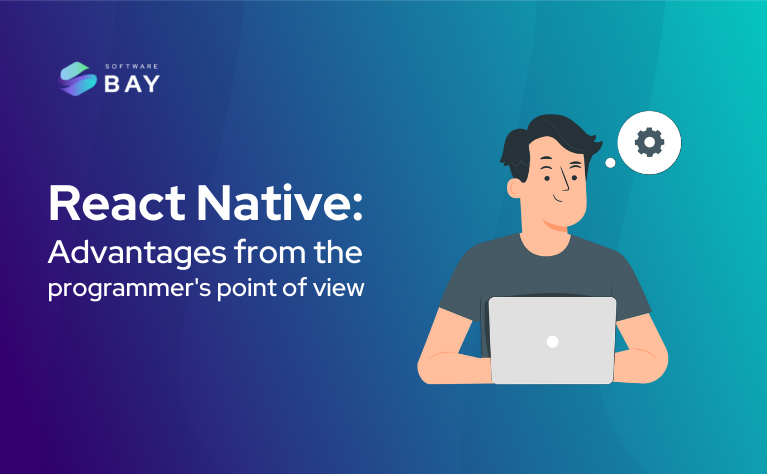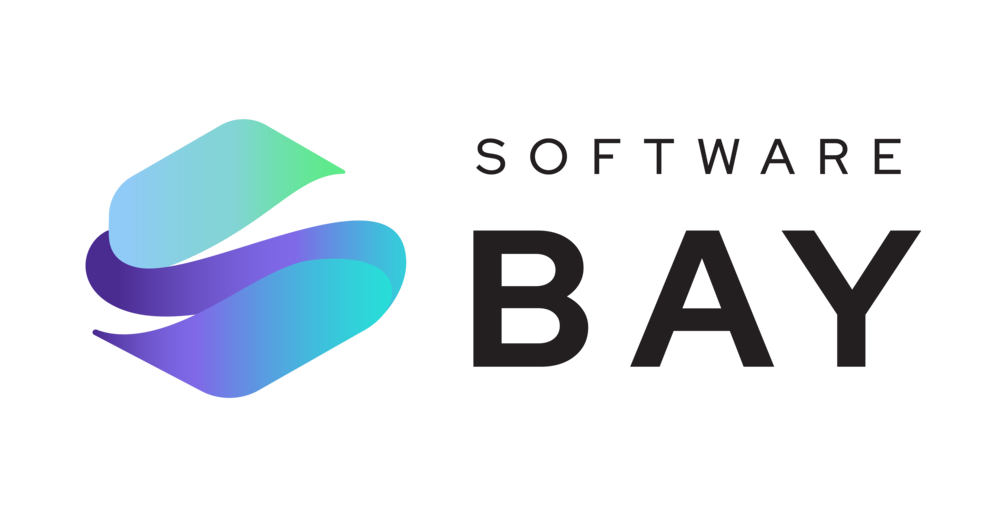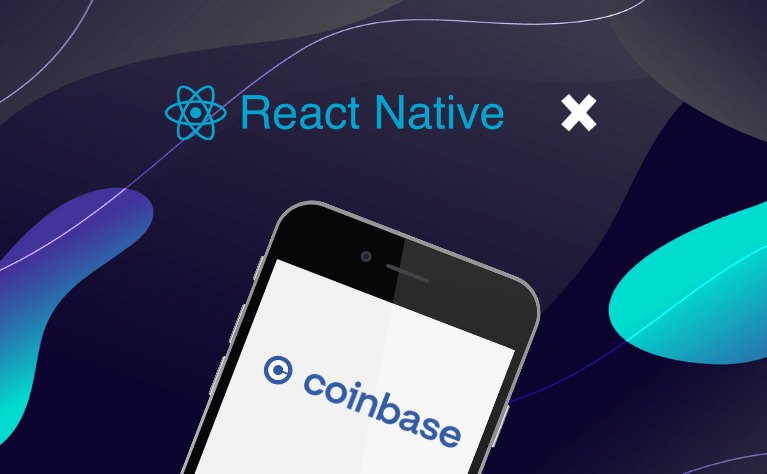React Native combines the features of hybrid and native frameworks. Its structure is based on the JavaScript language, and thanks to the bridges present in the technology, allows you to write most of the code in one variant for both iOS and Android. We wrote shortly about how it actually works in one of the previous articles. In this article, we take a look at its advantages from the developers' point of view.

What are the most commonly identified reasons for developers to use React Native?
- FAST REFRESH
This function is responsible for the rate, at which information about changes made to components is retrieved. Thanks to its introduction, modifications are visible on the screen almost immediately, within 1-2 seconds. It is launched by default, but can be managed in the developers' menu.
How does the fast refresh feature work? There are three possibilities. When you edit a module that exports React Native components , the function updates only the code for that module, and then the component is rendered. Editing a module with exports that are not React Native components will restart it and other importers. The third and most complex case is when the entire file is being edited outside of the reaction tree. Doing so leads to a complete overload.
- LIVE / HOT RELOADING
Are Live and Hot reloading the same? Not completely. So let's check what both of them are. Hot reloading consists in refreshing only the changed part of the application. Thanks to this, it is possible to maintain the continuous operation of the application while implementing new versions of the edited files. This is especially useful when modifications are made to a structure already used by users.
Live reloading, on the other hand, reloads the entire application. When you apply this type of operation, the multi-screen functions you are currently working on will return to their initial state, which will extend the operation time for each time you need to return to the function being developed.
- HIGH PERFORMANCE
The React Native structure is based on GPU - Graphics Processing Unit, unlike CPU - Central Processing Unit - which is used in native applications. Thanks to this, React Native is well suited to mobile environments, and its operation is faster.
- ONE CODE - TWO PLATFORMS
It is said, that using React Native can use up to 70% of the common code when creating applications for iOS and Android. Thanks to this, you are able to offer the client the implementation of not one, but two applications, at the same time and at similar costs. Writing it requires you to write code in JavaScript , which then, using React Native bridges , is translated into variants of individual platforms.
- MODULAR AND INTUITIVE INTERFACE
This is an advantage that is also shown in React.JS. The interface is intuitive and composed of modules, thanks to which programmers can easily find themselves in projects built by another specialist. The same also applies to testers who are able to build test scenarios faster based on a transparent structure.
This architecture has one more advantage. If you are familiar with JavaScript and React.JS, learning React Native should not be too difficult for you, because they are largely related to its functioning. The code you write when creating a hybrid application in RN is written in JS, and React Native is a technology that uses React.
- FLEXIBILITY
Working on React Native projects is very flexible. Several programmers can work on one project without any problems, and what's more, introducing the new ones, is instant. It is all thanks to the transparency of applications created in this technology. Its structure also means that if you want to develop the application after a long time, working with a completely new team, it will not be a problem.
- REACT NATIVE DEBUGGER
This is a standalone tool for debugging applications written in React Native . Much more developer friendly than standard Chrome app debugging.
- THE REACT NATIVE COMMUNITY
React Native is not only a technology, but a community as well. The open source nature of this framework enables the constant development of the application thanks to the replacement of code snippets. Over 2,200 people create it on GitHub. The React Native Community repository should also be mentioned, which already has over 70 of them. They contain important tools and projects that are not in the basic repository.
- COMPONENTS
When writing an application in React Native , you can use the base of ready-made components . This means that once written code fragments (by you or other programmers) can be reused, thus saving you time. They can be related to different aspects of the application, as can be seen from examples such as "View", "StyleSheet", "Image".
See, which of our projects we have created in this technology:
- VOD
- Exchange
- Ticket app
Looking for React or React Native talents?
Need help? Our team will help you straight away.


